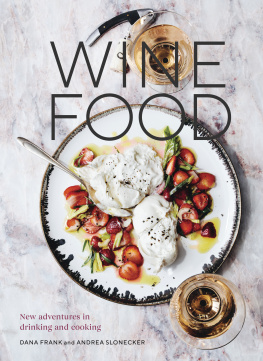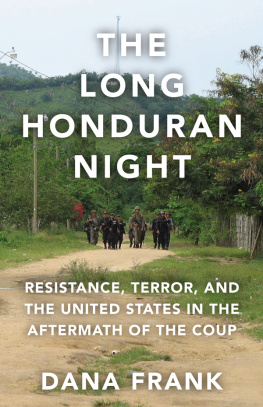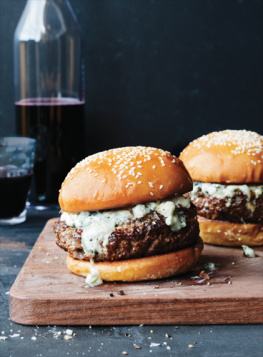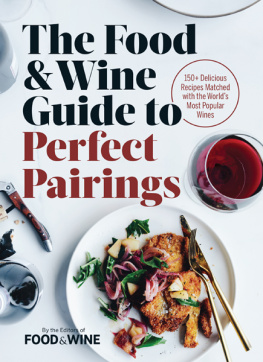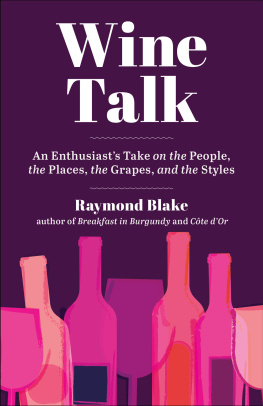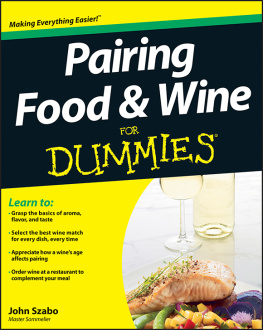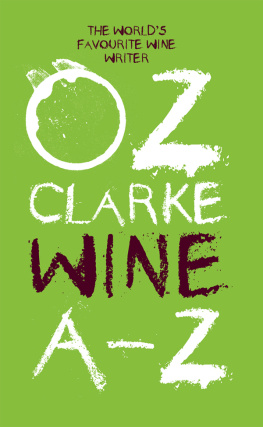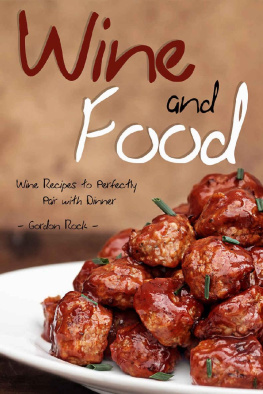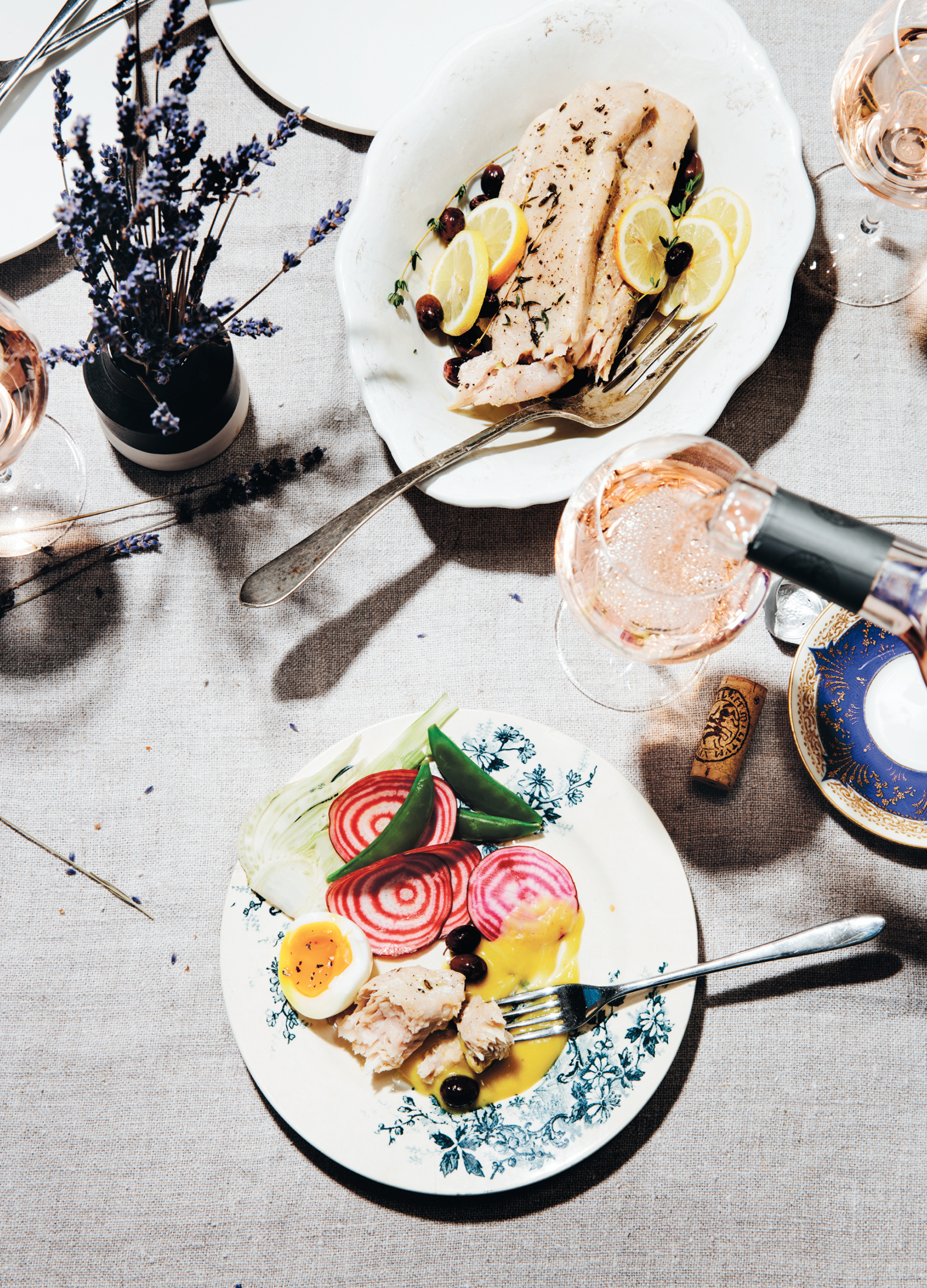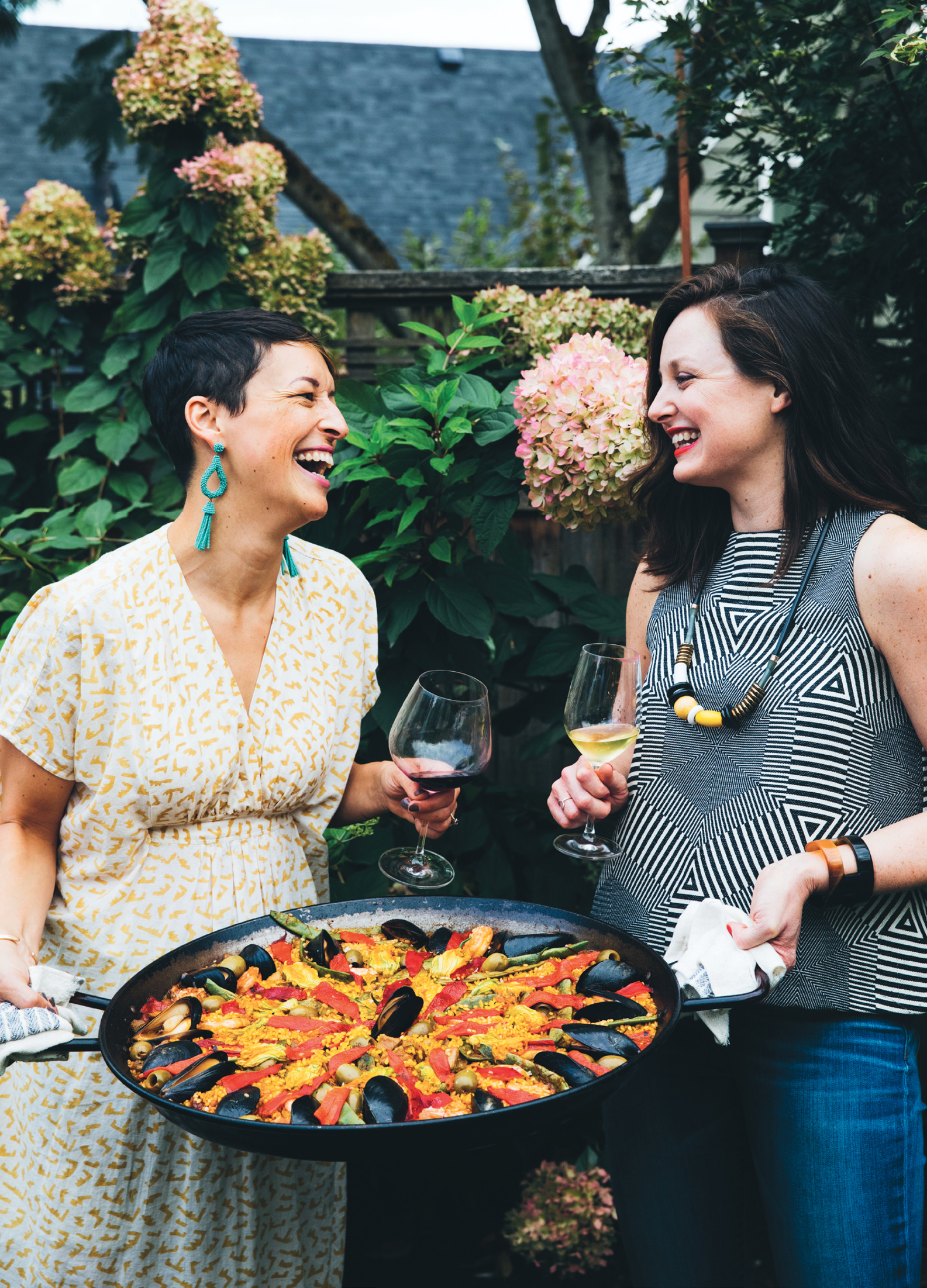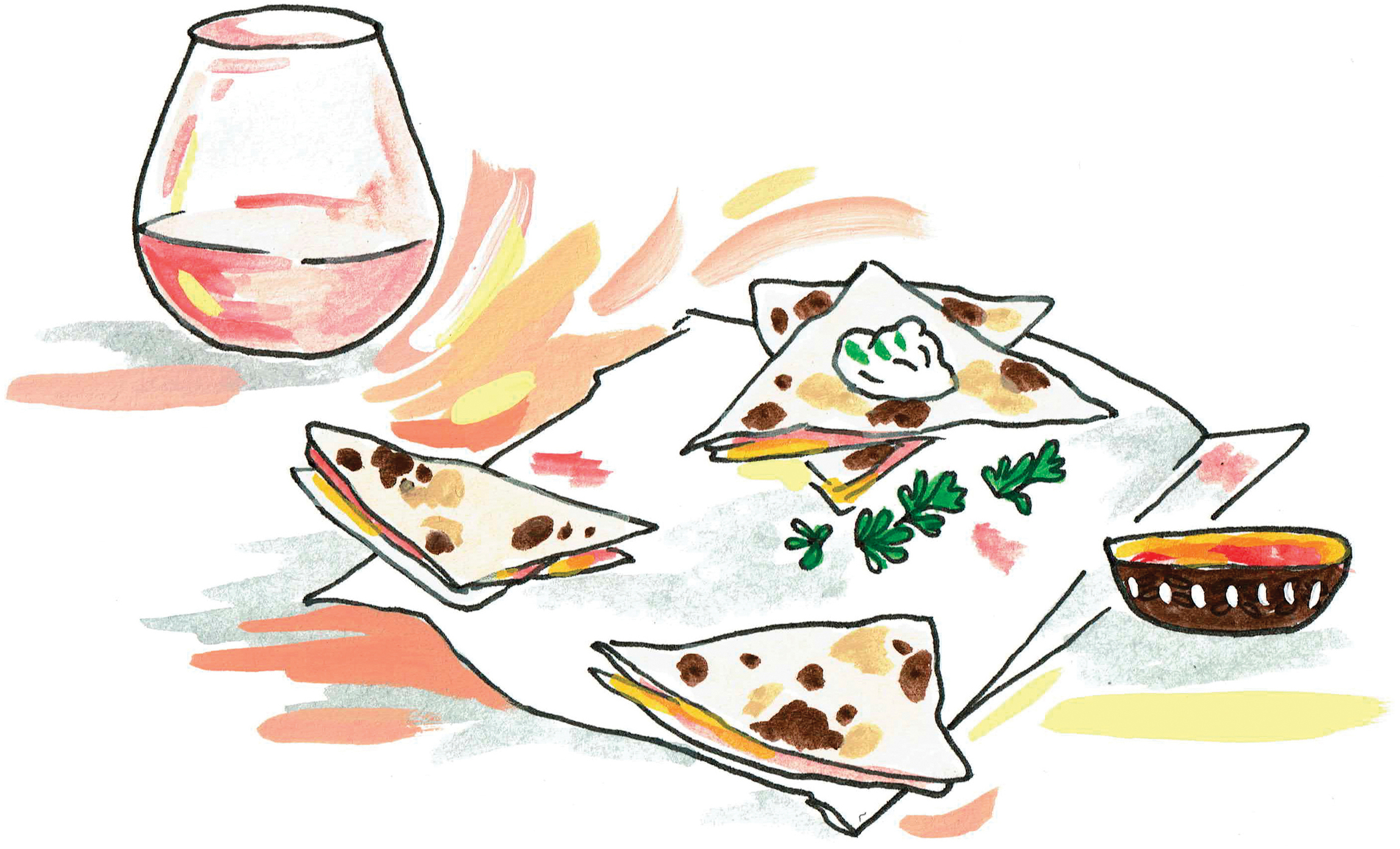Introduction
Our idea of a great Saturday night begins that morning with a bottle of wine already in the fridge and a trip to the farmers market to pick up ingredients for dinner. Armed with a shopping list, we set off with a plan, but often get distracted by vegetables we didnt expect to find or herbs that are so fragrant that we cant not buy them. Between visiting with our favorite farmers and our weekly catch-up with friends, were thinking about that bottle of wine back at home and what flavors will go with it. Beyond the food, we consider where well be eating, and with whom, whether that means well be at the kitchen table reflecting on the past week with our families or in the backyard with a mess of friends. The details of these moments define how we drink and eat.
When we travel, we experience culture through the lens of wine and food. We dont always speak the local language, but we can communicate at the table because the pleasure of drinking and eating is universal. Those moments expose us to new wines and influence our cooking.
One of our favorite places to visit is Morgon, a village in Beaujolais, France, where the vines grow wildly, reaching out from the rugged terrain like claws from the underworld. Because the vines are old and know just what to do, the winemakers sole purpose is to shepherd the grapes through their natural fermentation. Nothing needs to be done to them to make wines that taste alive and real. At the table, last vintages wine is poured for a humble cuisine: country cheeses, rustic charcuterie, lentils stewed with chunks of smoky cured pork, and a glistening, crispy-skinned roast chicken. The juices drip down chins between sips of bright, fruity red wine.
Off the coast of Croatia, we fell in love with the hundreds of tiny islands that dot the shoreline. Turquoise water laps the rocky beaches while fishermen clean their daily catch and families sunbathe nearby. Fresh fish drenched in olive oil, a handful of little clams, tomatoes, and wild thyme are tucked into a paper packet and steamed. Wines come from the house up the street, where an old man, who tends his graevina vines overlooking the sea, makes simple wines for his family and sells some around the village, too.
It was over a bottle of frappato and a bowl of pasta at an Italian cafe in Portland, Oregon, where we live, that we decided to write this book. Because of our shared interest in travel, learning about wines wed never heard of, and cooking dishes that complement them, we knew it would be an adventure to get in the kitchen and cook together.
As we came up with the recipes, we enjoyed them at the table with friends and family, surrounded by interesting and exceptional wines. Comments about the nuances in the wines and how they worked with the flavors in the food led to conversations about politics, everyday life, family, desires, and the future. And what we were left with were memories of many great meals, having learned more about the world around us.
What weve realized in the process is that these moments of drinking and eating are more dynamic when shared with friends and loved ones. We are more interested than ever in continuing to explore the wine and food of diverse places, sharing what we learn along the way. In many ways, the adventure feels like its just beginning.
How We Wine Food
Our favorite wines to enjoy with food are lower in alcohol, higher in acidity, fresh- and alive-tasting, and are made by vintners who allow the grapes to speak louder than their winemaking methods. There are exceptions, of course. A grilled steak needs a bigger wine with deeper fruit flavors, like Northern Rhne syrah. A slow-cooked tagine with dried fruit is perfectly suited to the zinfandel grape thats baked in the California sun.
When were thinking about wine food, we want balance first and foremost. Neither the wine nor the food should outweigh the other. Some wines are complemented best by foods with similar flavors. Think freshly shucked oysters with briny Muscadet. Other wines benefit from some contrast, like a rich, cheesy souffl with high-toned gamay.
Most food can be wine food. Outside of super-spicy or overly acidic dishes, theres a wine to match pretty much anything you want to eat. Try lots of different wines with the food you cook. The recipes and recommended wines that follow are merely starting points.
How to Use This Book
In the following pages, youll uncover recipes that arent typically partnered with wine, but deserve to be, as well as updated classics that beg for a good bottle on the table. Each recipe is a fresh introduction to a type of wine, with information about where it comes from, a few producers who are making exemplary versions to seek out, and commentary on how and why the wines flavors work so well with the dish. The wines and recipes are grouped into chapters based on occasions, seasons of the year, and times of the day, whether youre hosting an afternoon barbecue or an evening prefunk before you go see a show. Interspersed are feasts for gatherings, with full menus meant for celebrating a specific type of wine; we recommend you invite friends to each bring a bottle to share. Also sprinkled throughout are pairing guides that cover everything from takeout food to ten of the most beloved pastas of Italy.

